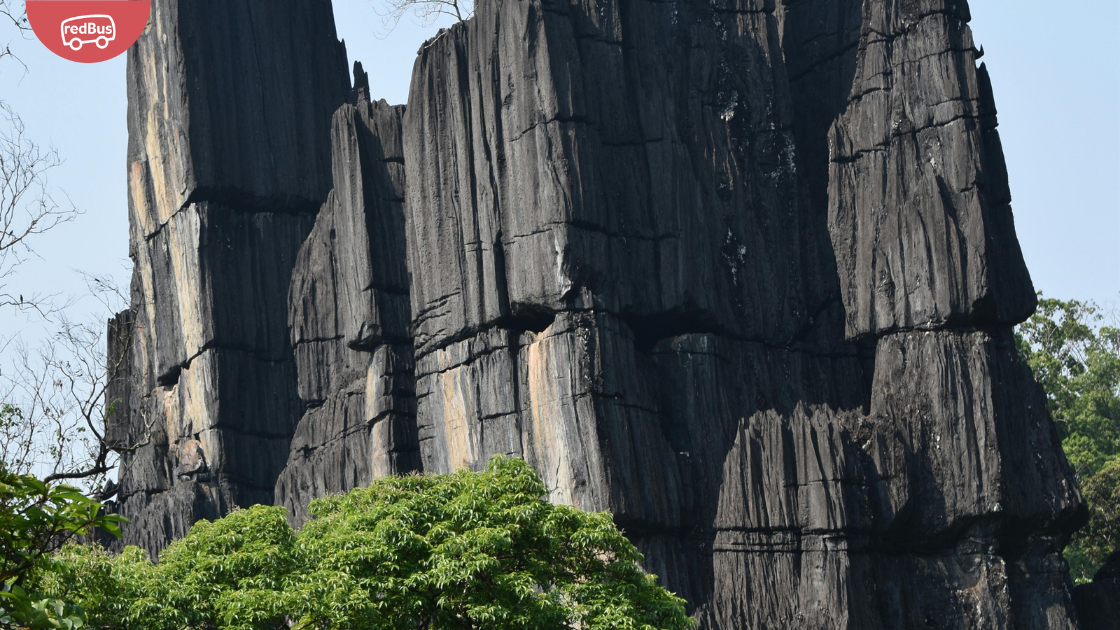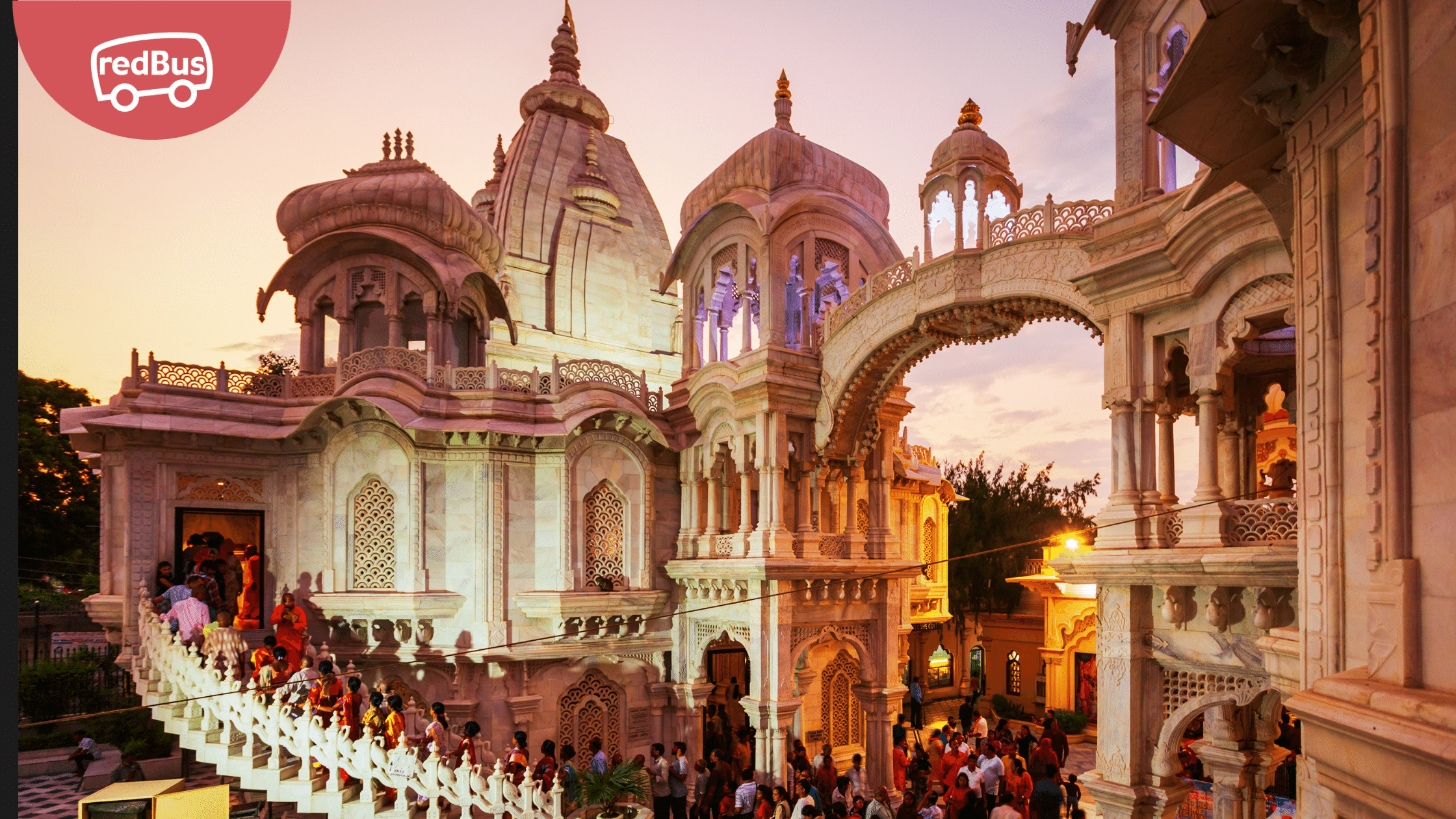North India is a spiritual tapestry woven with the threads of diverse religions, cultures, and histories. This region is home to some of India’s most revered and magnificent temples, attracting devotees and tourists from around the globe. In this guide, we delve into the famous temples of North India, each offering a unique blend of architectural grandeur, spiritual solace, and historical significance.
1. Vaishno Devi Temple, Jammu & Kashmir
Perched atop the Trikuta Hills in Jammu, the Vaishno Devi Temple is one of the holiest pilgrimage sites in India. Dedicated to Goddess Mahalakshmi, this temple requires a trek of about 13 kilometers from the base camp at Katra, which pilgrims often undertake on foot, chanting and singing devotional songs along the way.
2. Golden Temple (Harmandir Sahib), Punjab
The Golden Temple, also known as Harmandir Sahib, is not only a central religious place of the Sikhs but also a symbol of human brotherhood and equality. The temple’s stunning architecture, with its upper floors covered in gold, reflects beautifully on the Amrit Sarovar, the holy tank surrounding it, especially at night when it’s beautifully lit up.
3. Kashi Vishwanath Temple, Varanasi, Uttar Pradesh
Situated on the western bank of the holy river Ganges, the Kashi Vishwanath Temple is dedicated to Lord Shiva and is one of the twelve Jyotirlingas. The temple is the heart of the cultural identity of Varanasi and plays a crucial role in the spiritual and cultural consciousness of India.
4. Badrinath Temple, Uttarakhand
Located in the town of Badrinath in Uttarakhand, this temple is part of the Char Dham and the Chota Char Dham pilgrimage circuits. Dedicated to Lord Vishnu, it is situated between Nar and Narayana mountains with the Alaknanda River flowing nearby.
5. Neelkanth Mahadev Temple, Uttarakhand
This revered temple is dedicated to Lord Shiva and is situated at a height of 1330 meters, surrounded by the dense forests of the Pauri Garhwal region. According to mythology, this is the place where Shiva consumed the poison Halahala that originated from the sea when Devas and Asuras churned the ocean to obtain Amrita.
6. Dwarkadhish Temple, Mathura, Uttar Pradesh
Mathura, the birthplace of Lord Krishna, houses one of the oldest and most famous temples known as Dwarkadhish. During festivals like Janmashtami and Holi, devotees from across the world throng the temple, making it a hub of joyous celebrations.
7. Amarnath Temple, Jammu & Kashmir
Located in the remote reaches of the Himalayas, the Amarnath cave temple is dedicated to Lord Shiva. The main attraction is the natural ice Shivalinga that forms within the cave each year, which draws thousands of pilgrims despite the challenging terrain and climate.
8. Birla Mandir, Delhi
Also known as the Laxminarayan Temple, Mahatma Gandhi inaugurated Birla Mandir. The temple, built entirely in red sandstone and white marble, is a serene sanctuary in the heart of the bustling capital, New Delhi.
9. Mansa Devi Temple, Haridwar, Uttarakhand
Situated atop the Bilwa Parvat, Mansa Devi Temple is part of the trio of Siddh Peeth in Haridwar. It offers a panoramic view of the holy city and the river Ganga. The temple is a popular destination during the Navratri and Kumbh Mela festivals.
10. Raghunath Temple, Jammu
Dedicated to Lord Rama, this temple is a beautiful example of Indian heritage and culture with its intricate architecture and detailed scriptures. The temple’s inner walls are covered with gold sheets on three sides, making it a splendid sight.
11. Kedarnath Temple, Uttarakhand
Situated near the Mandakini river, Kedarnath Temple is another significant pilgrimage site in the Char Dham and is dedicated to Lord Shiva. The temple is only accessible by a trek and remains closed for six months annually due to heavy snowfall.
12. Yamunotri Temple, Uttarakhand
Yamunotri Temple, dedicated to Goddess Yamuna, marks the source of the Yamuna River. It is the first stop in the Char Dham pilgrimage. The temple sits calmly amidst the rugged mountains and the thermal springs nearby, which are a major attraction.
13. Gangotri Temple, Uttarakhand
This temple is dedicated to Goddess Ganga and is situated on the banks of the river Bhagirathi. It marks the origin of the holy river Ganges and is one of the four sites in the Char Dham pilgrimage circuit.
14. Jwala Ji Temple, Himachal Pradesh
Dedicated to the Goddess Jwalamukhi, the temple with the eternally burning blue flame emanating from the rocks sanctifies the surroundings. The temple represents the powerful deity manifested as tiny flames.
15. Tirathgarh Waterfalls and Shiv Temple, Chhattisgarh
Though not in the extreme north, Tirathgarh is noteworthy for its scenic beauty combined with the spiritual ambiance. The waterfall and the nearby Shiv Temple located in the Bastar district offer a peaceful retreat into nature’s lap.
Conclusion
Each temple in North India tells a story; each deity worshipped with fervor presents a narrative of faith and history intertwined with the daily lives of millions. Visiting these temples provides a profound insight into the spiritual and cultural heritage of India. Whether you seek spiritual solace or wish to marvel at the architectural wonders, these temples provide a gateway to both.
For those planning to embark on this sacred journey, redBus offers a convenient and reliable way to reach these divine destinations. With just a few clicks, you can book your travel comfortably and begin your spiritual adventure in North India. Explore these sanctuaries of peace and tradition and let the ancient walls narrate their age-old tales.
Rediscover yourself in the serenity of these holy places where every stone tells a story of faith, perseverance, and timeless devotion.







